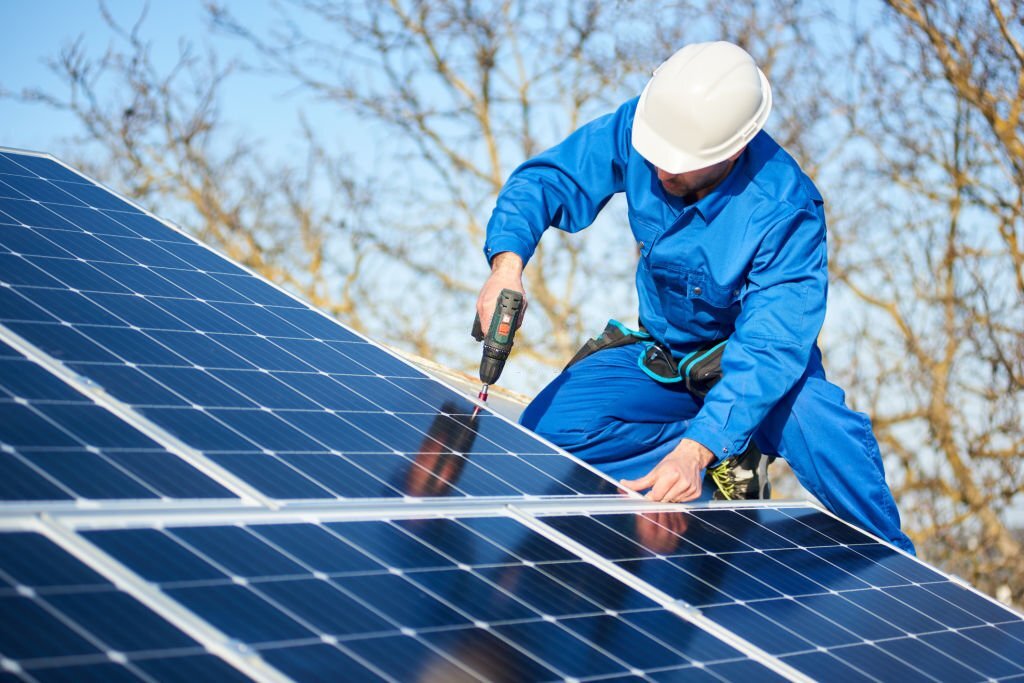Taxes
How Homeowners Qualify For the New Energy Efficient Tax Credits
The Inflation Reduction Act includes credits for taxpayers who make qualifying energy improvements to their home.
May. 11, 2023

By Leada Gore, al.com (TNS)
Some energy efficient updates could qualify homeowners for up to $3,200 in tax credits.
The Inflation Reduction Act of 2022 includes credits for taxpayers who make qualifying energy improvements to their home, according to the IRS.
Here’s what you need to know about the credits:
What credits are available?
Taxpayers can claim the Energy Efficient Home Improvement Credit and the Residential Clean Energy Credit. Homeowners who make the improvements on their primary residence have the most credit opportunities, but renters and owners of second homes used as residences can also claim credits. The credits are not available to landlords.
Energy Efficient Home Improvement Credit
The EEHIC covers taxpayers that made qualified improvements to their home after Jan. 1 of this year. It provides up to $3,200 for the tax year the improvements are made.
The credit equals 30% of qualified energy efficiency improvements, including:
- Exterior doors, windows, and skylights.
- Insulation and air sealing materials or systems.
- Central air conditioners.
- Natural gas, propane, or oil water heaters.
- Natural gas, propane or oil furnaces, and hot water boilers.
- Heat pumps, water heaters, biomass stoves, and boilers.
- Home energy audits of a main home.
What’s the maximum amount you can claim each year?
Here are the maximum amounts you can claim:
- $1,200 for energy property costs and certain energy efficient home improvements, with limits on doors ($250 per door and $500 total), windows ($600), and home energy audits ($150).
- $2,000 per year for qualified heat pumps, biomass stoves, or biomass boilers.
What’s not covered?
The credit is available only for qualifying expenditures for an existing home or for an addition or renovation of an existing home, and not for a newly constructed home.
It is nonrefundable, which means taxpayers cannot get back more from the credit than what is owed in taxes and any excess credit cannot be carried to future tax years.
Residential Clean Energy Credit
Taxpayers who invest in energy improvements for their main home—including solar, wind, geothermal, fuel cells, or battery storage—may qualify for an annual Residential Clean Energy Credit.
Taxpayers may also be able to claim the credit for some improvements other than fuel cell property expenditures made to a second home that they live in part-time as long as it’s not used as rental property for others.
What does RCEC cover?
RCEC equals 30% of the costs of new, qualified clean energy property installed anytime from 2022 to 2023.
Qualified expenses include the costs of new, clean energy equipment including:
- Solar electric panels.
- Solar water heaters.
- Wind turbines.
- Geothermal heat pumps.
- Fuel cells.
- Battery storage technology.
Are there other requirements?
Other requirements to meet RCEC include:
- Solar water heaters must be certified by the Solar Rating Certification Corporation or a comparable entity endorsed by the applicable state.
- Geothermal heat pumps must meet Energy Star requirements in effect at the time of purchase.
- Battery storage technology must have a capacity of at least 3 kilowatt hours.
More on RCEC
The RCEC has no annual or lifetime dollar limit except for fuel cell property. Taxpayers can claim this credit each tax year they install eligible property until the credit begins to phase out in 2033.
This credit is also nonrefundable. Taxpayers can carryforward excess unused credit and apply it to any tax owed in future years.
You can see a complete list of IRS regulations for the credits here.
______
©2023 Advance Local Media LLC. Visit al.com. Distributed by Tribune Content Agency LLC.
